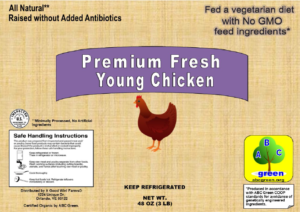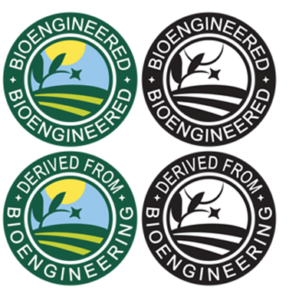What’s Up? Women in the Food Business
This is a collection of articles from BakeryAndSnacks.com, a food industry newsletter, about attempts of food companies to engage women in their businesses.
Is this empowerment, or is it exploitation or marketing? You decide.
- PepsiCo’s push to empower Saudi female entrepreneurs: The food and beverage giant’s philanthropic arm has partnered with INJAZ Al-Arab to launch a new entrepreneurship development program to empower Saudi female entrepreneurs. Read more
- The women behind the bakeries on a mission to end gender-based violence, unemployment and human trafficking: Two all-female bakeries on either side of the Atlantic Ocean are championing social issues. Read more
- Empowering Indonesian women in palm oil earns Cargill IBIE sustainability award: The global supplier built a fiscal and civic support program in South Sumatra, Indonesia, to nurture women in leadership roles – an important part of its 2020 palm oil transparency commitment. Read more
- Mars puts mums at the heart of a new snack to tackle nutritional deficiency in India: Straight Forward Design was enlisted to create a brand identity that inspired trust in mothers. Read more
- Call for entries: PepsiCo supports gender equality with Stacy’s Pita Chips: PepsiCo and Stacy’s, under the Frito-Lay umbrella, are calling for women-led startups to apply to the Stacy’s Rise Project incubator competition, a mentorship and grant program. Read more
- BakeryandSnack Chat Podcast: PepsiCo partners with CARE to tackle the gender gap in farming: The PepsiCo Foundation is collaborating with humanitarian organization CARE to tackle gender inequality in the agriculture sector with an $18.2m investment in She Feeds the World. Read more
- ‘Dream big’: Serena Williams aces 2019 slot on General Mills’ Wheaties athlete series: General Mills has signed on the seven-times WTA Player Of The Year for its signature Wheaties box. Read more
- The power of eating breakfast together as a family: Kellogg’s celebrates working moms in Thailand: The efforts of hard-working Thai mothers is just one of the stories highlighted by the Kellogg Company in its ninth annual Diversity & Inclusion Report, titled, Features. Read more
- SNAC launches Women in Snacks network to embrace diversity and inclusion: Only a handful of women lead with world’s largest companies. Fortune 500 lists 20 in the position of CEO – actually, now 18 following the departure of PepsiCo’s Indra Nooyi and Campbell Soup’s Denise Morrison – down from 32 in 2017. Read more



 Silos and systems: The image of a corn processing plant with storage silos represents an early stage of the food supply chain and entry point to a complex, increasingly globalized food system with broad health, economic, social and environmental interactions. The journey from silo to system starts here.
Silos and systems: The image of a corn processing plant with storage silos represents an early stage of the food supply chain and entry point to a complex, increasingly globalized food system with broad health, economic, social and environmental interactions. The journey from silo to system starts here.

